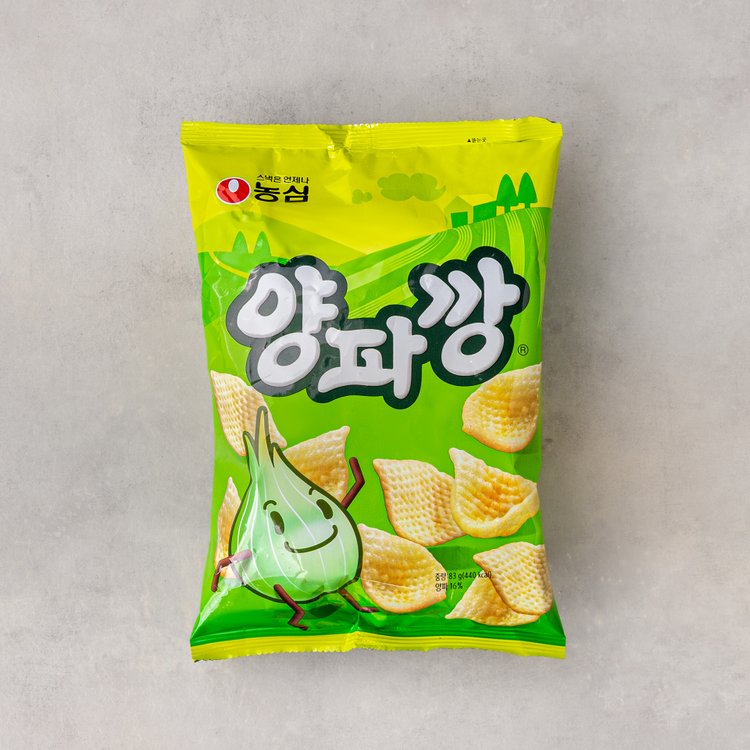깡
Introduction
In Korean culture, 깡 is a term that holds multifaceted meanings and has significant historical, cultural, and social implications. From its roots in the late 20th century to its transformation and modern applications, 깡 has become a ubiquitous concept in Korean society. This article explores the meaning and history of 깡, its cultural significance, evolution, modern applications, and the influence it holds in shaping social issues and dynamics.
깡의 의미와 역사 (Meaning and History of 깡)
At its core, 깡 refers to a sense of vitality, audacity, or bravado. It embodies a strong, confident, and fearless demeanor, often associated with those who display assertiveness and resilience. The term 깡 can be traced back to the late 20th century when it emerged in the Korean entertainment industry as a concept related to street culture and gang tendencies. The origins of 깡 are deeply rooted in defiance against social norms and the rise of urban subcultures.
깡의 유래와 기원 (Origin and Roots of 깡)
The term 깡 finds its origins in the 1980s and 1990s, during a time of rapid urbanization and transitioning cultural dynamics in South Korea. It gained prominence through various underground music genres such as hip-hop, rap, and trot, which were heavily influenced by African-American culture. In these music scenes, the term was associated with a rebellious spirit and a determination to challenge the status quo.
깡의 문화적 의미 (Cultural Significance of 깡)
깡 holds a strong cultural significance as it represents the aspirations of individuals to break free from societal constraints and assert their own unique identity. It symbolizes the desire to rebel against mainstream culture and embrace personal expression. Additionally, 깡 has played a role in redefining traditional gender roles, as it has often been associated with women showcasing a powerful and confident attitude.
깡의 변화와 발전 (Evolution and Development of 깡)
Over time, 깡 has evolved and become more accessible, transcending its origins in the music industry to influence various aspects of Korean culture. It has witnessed a transformation from a term associated with underground subcultures to a widely recognized concept in mainstream society. This transformation has been driven by the infusion of 깡 into popular media, fashion, and social media platforms, where it has gained recognition as a symbol of empowerment and self-expression.
깡의 현대적인 응용 (Modern Applications of 깡)
In the modern context, 깡 has found diverse applications in different areas. It has become a concept that represents an individual’s willpower, determination, and audacity to face challenges. In the entertainment industry, performers are often praised for their 깡, which allows them to captivate audiences through their confident and charismatic presence. Moreover, 깡 has been adopted in marketing and advertising campaigns as a way to attract attention and stand out from the crowd.
깡의 영향력과 사회적인 이슈 (Influence and Social Issues Surrounding 깡)
The influence of 깡 extends beyond its cultural significance and has served as a catalyst for various social issues. Its association with hip-hop culture has sparked discussions about cultural appropriation and the fine line between appreciation and appropriation. The usage of 깡 by non-Korean individuals has sometimes been viewed as insensitive or disrespectful, leading to debates on cultural commodification.
FAQs (Frequently Asked Questions)
Q1: How does 깡 differ from confidence or boldness?
A1: While confidence and boldness encompass similar traits, 깡 carries a sense of audacity and resilience that goes beyond routine self-assuredness. It represents an unyielding spirit in defiance of societal norms.
Q2: Is 깡 exclusive to the Korean culture, or is it recognized elsewhere?
A2: Although 깡 originated in Korea, its evolution into a broader concept of audacity and bravado allows it to resonate with people from various cultural backgrounds.
Q3: Is 깡 limited to certain age groups or generations?
A3: 깡 transcends age groups and has appeal across multiple generations. It has garnered recognition from both older and younger demographics, adapting to changing societal dynamics over time.
Q4: Does the term 깡 have negative connotations?
A4: While 깡 can be associated with defiance, it is primarily viewed positively, symbolizing strength, determination, and resilience. However, its association with gang culture in its early days may lead to some negative perceptions.
Conclusion
깡’s journey from its roots in street culture to its embedment in Korean society showcases its vibrant history, cultural significance, and social impact. The concept of 깡 continues to intrigue and inspire individuals in their pursuit of self-expression and confidence, while also provoking debates and conversations about cultural appropriation and identity. Through its evolution, 깡 embraces the ever-changing dynamics of society and remains an influential force in Korean culture.
사용자가 검색한 키워드: 깡
Categories: Top 12 깡
99%모르는 남자들이 머리 망하는 이유
여기에서 자세히 보기: p1.paulantonybuilders.com
주제와 관련된 이미지 깡

깡 주제와 관련된 이미지 18개를 찾았습니다.


![오늘 이 뉴스] '1일 1깡' 열풍 (2020.05.23/뉴스데스크/MBC) - YouTube 오늘 이 뉴스] '1일 1깡' 열풍 (2020.05.23/뉴스데스크/Mbc) - Youtube](https://i.ytimg.com/vi/FhNb6rVPgRA/maxresdefault.jpg)











![농심] 고구마깡 83g, 믿고 사는 즐거움 SSG.COM 농심] 고구마깡 83G, 믿고 사는 즐거움 Ssg.Com](https://sitem.ssgcdn.com/89/90/68/item/1000018689089_i1_750.jpg)
![vlog] 짱스파 앨범깡 ೕ(•̀ㅂ•́ ).ᐟ.ᐟ | 마이로그 • 칼프 • 에스파 • 오프깡 - YouTube Vlog] 짱스파 앨범깡 ೕ(•̀ㅂ•́ ).ᐟ.ᐟ | 마이로그 • 칼프 • 에스파 • 오프깡 - Youtube](https://i.ytimg.com/vi/mV-bw1TH9Cc/maxresdefault.jpg)

![니티드X깡스타일리스트] 코튼 미니멀 라운드 니트 IVORY - 감도 깊은 취향 셀렉트샵 29CM 니티드X깡스타일리스트] 코튼 미니멀 라운드 니트 Ivory - 감도 깊은 취향 셀렉트샵 29Cm](https://img.29cm.co.kr/next-product/2022/12/01/5857764b876d41549af7fc4ff1324db1_20221201100754.jpg?width=700)
![D테일]가수 비 “1일 3깡 해야지”…2017년作 '깡' 역주행 이유는?|동아일보 D테일]가수 비 “1일 3깡 해야지”…2017년作 '깡' 역주행 이유는?|동아일보](https://dimg.donga.com/wps/NEWS/IMAGE/2020/05/15/101061997.2.jpg)










Article link: 깡.
주제에 대해 자세히 알아보기 깡.
- 깡/비 – 벅스
- [기획전] 깡스타일리스트 – 스파오닷컴
- 론트 Lohnt 049 Safari Black 깡스타일리스 협업 제품
- 깡 스타일리스트 X 플랙 자켓 K75 그레이 블랙 – 무신사
- 오 드 깡빠뉴 – Sisley Paris
더보기: https://p1.paulantonybuilders.com/category/blog